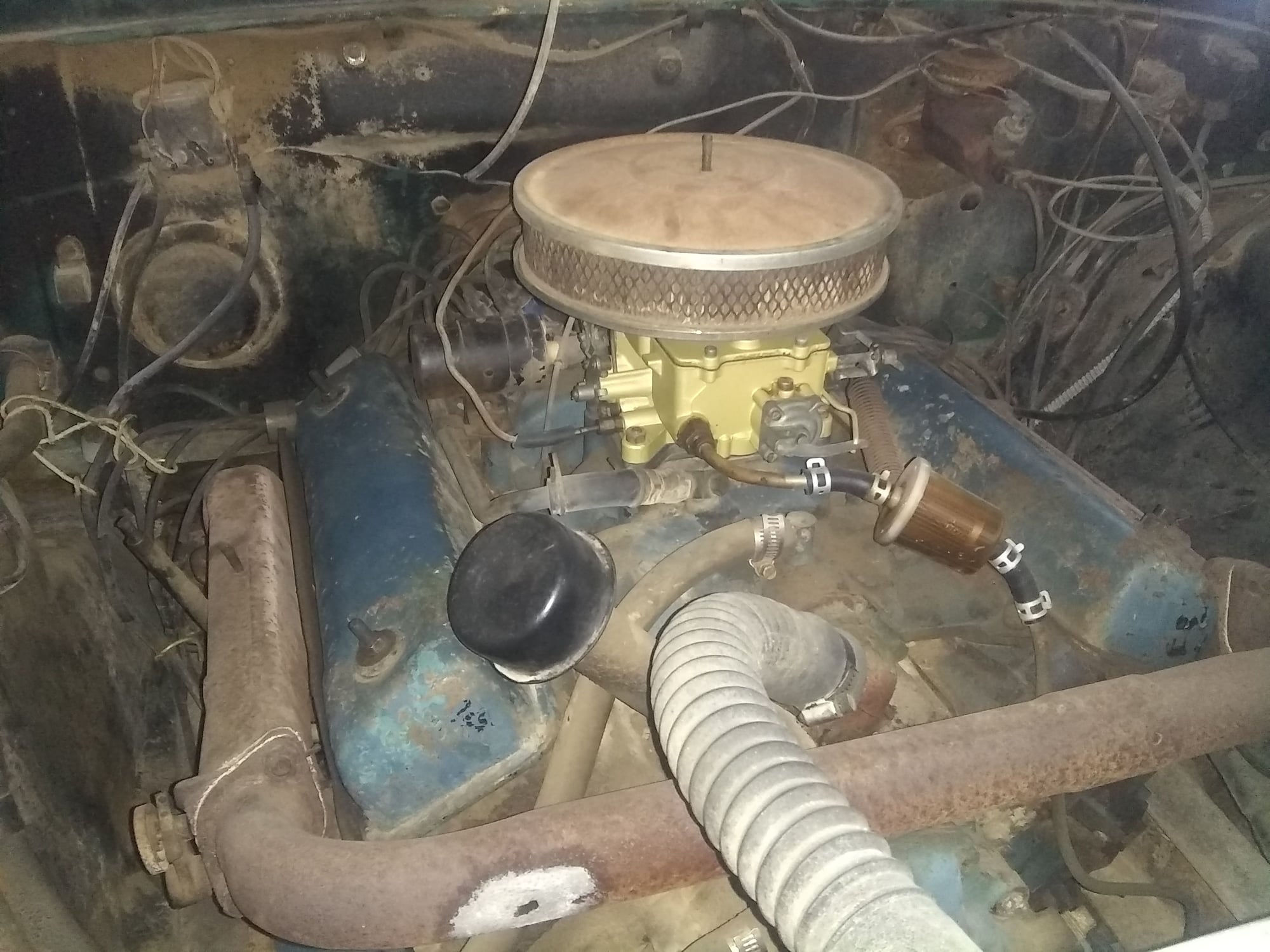
If you have an old QWERTY key board, it'll be similar to traditional staping fonts. There is a standard font type lexican stampings normally use, even if the stamp is US or English sourced, they still use a newsaper typesetting font. The 4th characte is a three "3", not an "8" The 2nd character is a zee "Z", as seven "7" usually has a reverse curve in the stamping font from the base to the 'hat' of the 7. The 1st and 7th Characters are the 6th charcter upside down. An extra layer of eyes helps, always.īut I'm certain as I can be that it is actually 9Z634692. Archived from the original (PDF) on 5 March 2017.I know Mick will help, man you've done a motsa already, but its all a little hard to work through with the character and rune recognition on the stamping font.
"ID that Ford Flathead bellhousing" (PDF). Archived from the original on 7 September 2003. 7.3L Navistar Power Stroke turbodiesel V8 1994–2003Īll 7.3L Power Stroke engines had a removable adapter on the rear of the block with either the IDI pattern or SAE 2 pattern. 7.3L Navistar IDI and IDI turbodiesel V8. 6.9L International Harvester IDI diesel V8. 4.6L SOHC/DOHC V8 (later castings, F3VE and up). 3.8L Canadian Essex 90° V6 (FWD only) (not the same as the 60° British Essex V6). 3.0L Vulcan V6 (FWD Taurus/Sable and RWD Ranger, but no relation to the 2.9L). 2.3/2.5L HSC FWD I4 (Ford Tempo/Mercury Topaz pushrod 2.3L). 2.0/2.3/2.5 Lima (At least early blocks had both the Pinto/Kent pattern and the modified Lima pattern). 1.8/2.0 Zetec-E/Zeta Engine Zeta (Later blocks had the starter relocated to one of the bellhousing bolt locations and only partially match.). Ford modified this design further so it is hardly recognizable from pre-2000 (date uncertain) year models. It was then modified by Mazda to become the 2.5L in the late 1990s Ranger/U.S. It was put in Pintos, Mustangs, Fairmonts and Rangers. This engine was also produced in Cologne, Germany. (Lima pattern has the two top bolt holes moved up about an inch) Pinto/Kent/Lima Pattern (also see Taunus/Cologne Pattern) 200 I6 (through 1977 1978-1983 have partial late Windsor pattern). The 4.0L bellhousing and the 3.0L bellhousings "MAY" interchange, but they do not interchange with the previous Cologne engines. Both were put in the North American Ranger, Aerostar, Explorer platforms.  4.0L was produced by Ford Cologne Germany (like the unrelated and the all-new metric Taurus/Sable FWD 3.0 V6). The 2.3, 2.8, and 2.9 also made it into the Ranger, and Bronco II.
4.0L was produced by Ford Cologne Germany (like the unrelated and the all-new metric Taurus/Sable FWD 3.0 V6). The 2.3, 2.8, and 2.9 also made it into the Ranger, and Bronco II. #292 ford engine casting numbers location manual
Some had the same Mitsubishi manual transmission as the 2.0/2.3 but had different bellhousings.

Changing the engine to a V6 often requires changing the bellhousing (Mitsubishi) but the Mazda trans had an integral bell. These were commonly found in Pintos, some Mustang II/Capris, and Rangers but do not match the V6 Bell housings. Later models came with hydraulic clutches. The Mitsubishi transmission was made to fit Mustang IIs and was shoehorned into the early Rangers. The Mazda transmission 5M** does not "directly replace" the Mitsubishi transmissions as there are shifter spacing differences in the floorboard.
1.8, 2.0/2.3 had the same bellhousings bolt patterns with differences from year to year to be wary of. Named for the 1962 Ford Taunus V4 engine and Ford Cologne V6 engine built in Cologne, Germany. 400 V8 (except some 19 late Windsor-style castings). 351 M-block V8 (Not to be confused with the 351 Cleveland which uses the small block V8 pattern). 4.6L Modular V8 (first two casting runs, numbers F1AE and F2VE). 400 Cleveland M-block V8 aka 400FMX (certain 1973 casting numbers D1AE and D3AE, mated to the FMX transmission). 351 Cleveland V8 (not the 351 Cleveland M-block engine). 289 V8 - (made after August 3, 1964) - had 6 bolts holding bellhousing to block. 
Note: this is commonly called the Ford Small-block V8 pattern, though it is used in some "big block"-sized V8's as well as some V6's and I6's. 289 V8 (made before August 3, 1964) - had five bolts holding bellhousing to block.







 0 kommentar(er)
0 kommentar(er)
